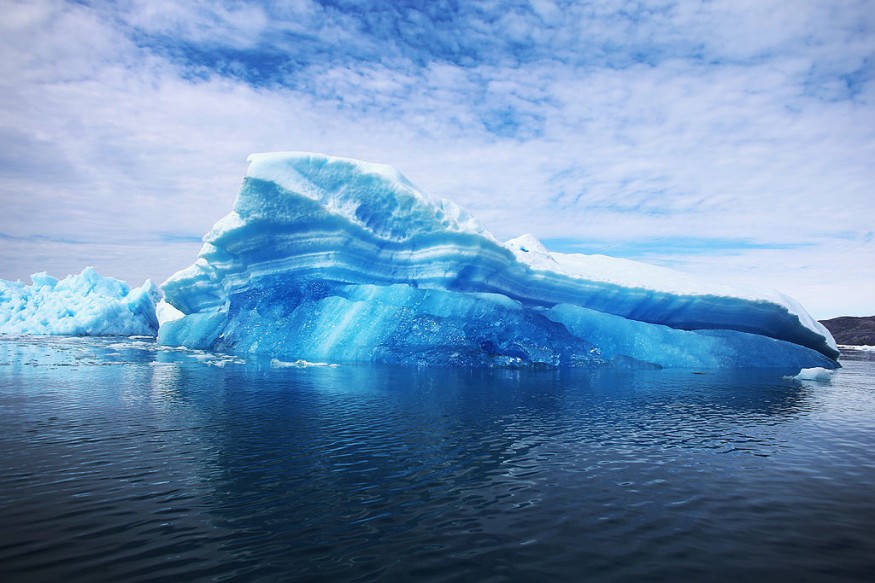Earth's ice is melting faster in the previous years. Due to global warming, the planet's sea ice and glaciers experienced the most melting in over three decades ago.
Apparently, new study shows that one of the biggest glaciers in Greenland called Sverdrup, is losing tons of ice per year, thanks to global warming causing glacier to be hotter each year in about 2 degrees celsius.
World's melting, and it's causing frightening

Global warming has been a huge debate in the world-- whether it's real or not. However, new studies on the world's planet, reveals that the Earth's ice is truly melting, way faster than we ever thought about.
As reported via NASA and SciTechDaily, warming seas are now heating the glaciers below the Greenland region.
One perfect example that experts have shown is the Greenland's Sverdrup Glacier. This glacier covers ice around the island that flow into deep fjords.
But, since 1998 up to 2007, the glacier is not the same anymore.
Read also: ALSO READ: Europe's Most Active Volcano Shows Eruptive Episodes as Earthquake Hits Mt. Etna
Look how ice melts rapidly in Greenland
An image acquired by the Operational Land Imager (OLI) on Landsat 8, shows Sverdrup Glacier on September 21, 2020. It was observed that the position of the ice glacier changed since 2000.
Worse, research shows that between 1998 and 2007, waters around Greenland warmed rapidly-almost 2 degrees Celsius per year-and the glacier started to thin, flow faster, and retreat.
"Sverdrup Glacier's retreat and ice loss was 'triggered' by warm water," said Michael Wood, a postdoctoral researcher at NASA's Jet Propulsion Laboratory (JPL). "It is one of many deep glaciers that are now in an unstable configuration, and will likely continue to retreat for many years, no matter what the ocean does."
The alarming state of 74 glaciers in deep fjords

Of the 226 glaciers around the island, 74 from these-- located in deep fjords-- were accounted to nearly half of the total ice loss from Greenland between 1992 and 2017.
"When the ocean speaks, the Greenland Ice Sheet listens," said OMG Principal Investigator Josh Willis, also of JPL. "This gang of 74 glaciers in deep fjords is really feeling the influence of the ocean; it's discoveries like these that will eventually help us predict how fast the ice will shrink. And that's a critical tool for both this generation and the next."
If this warming continues, what happens next?
© 2025 NatureWorldNews.com All rights reserved. Do not reproduce without permission.





